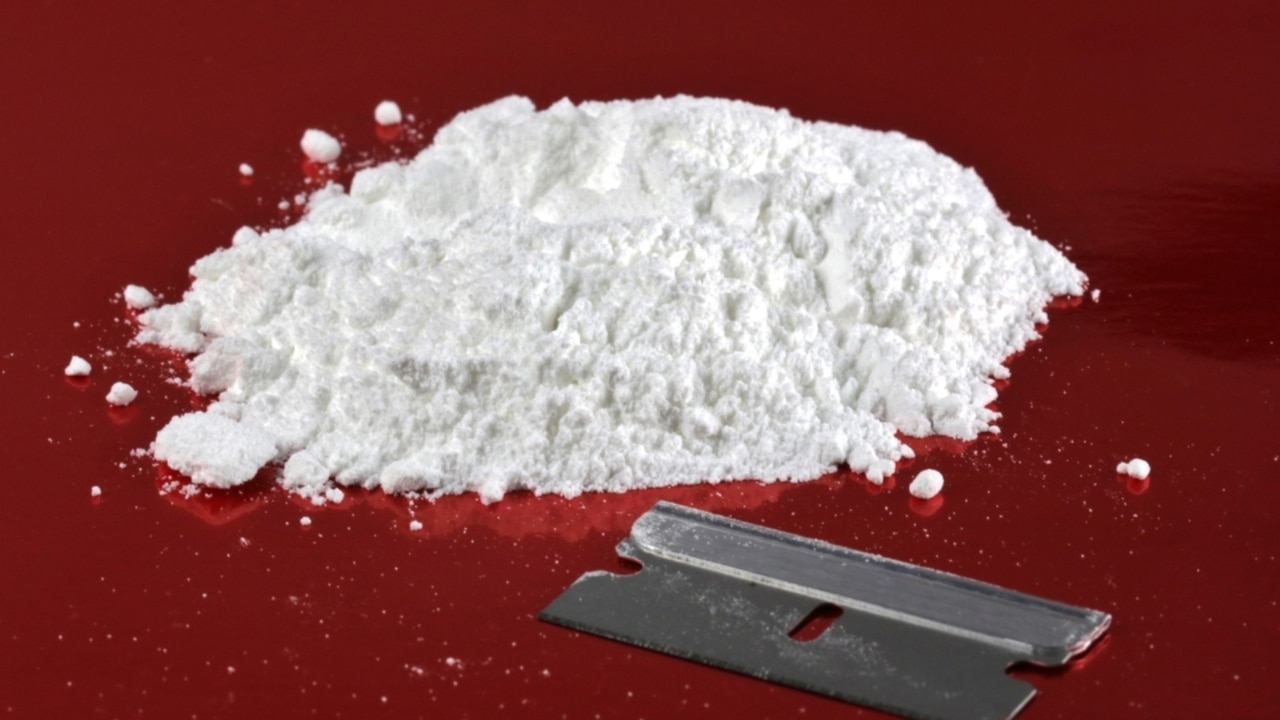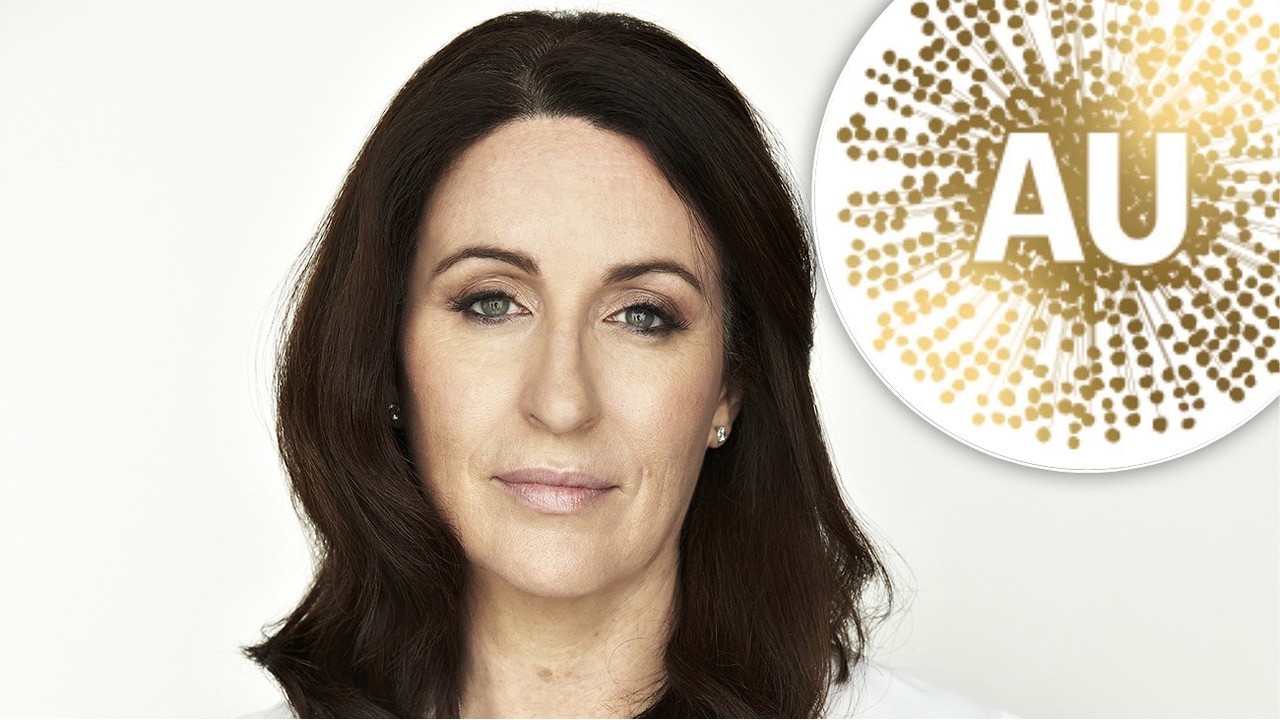David Penberthy: Ice is a scourge. Let’s get real about how to fix it
ICE use is beyond a point where it can be downplayed, or users cast as blameless victims. We need to start recognising the drug has the power to turn people into card-carrying scumbags, writes David Penberthy.

Rendezview
Don't miss out on the headlines from Rendezview. Followed categories will be added to My News.
THE minimum sample for a reliable political survey is 1400 voters, weighted according to the gender, age and income profiles that match the community.
I write this not to burden you with more political discussion — we have had plenty of that for a while, thanks — but to reflect on statistics of a different kind taken on our roads in South Australia over the Easter Weekend.
If a sample of 1400 voters paints an indicative picture of political intent, a sample of 1882 motorists gives an equally reliable insight into driver behaviour. According to the figures last weekend, the equivalent one in every 10 South Australian drivers pulled over at random by SAPOL was either on drugs or had recently taken illicit drugs.
These Easter figures overlap perfectly with the Australian Criminal Intelligence Commission report released on Wednesday where the latest round of waste water testing found that, last October, one in every 10 South Australians took a dose of methamphetamine every day.
This was the highest reading ever recorded, in keeping with a continuing increase dating back to 2009 when the daily dosage was fewer than 20 per 1000 people, but is now hovering between 70 and 100 doses per 1000 people.
Let’s look at the road figures in more detail. Police tested 1882 drivers for illicit drugs over its four-day campaign, which ran from Good Friday through Easter Monday, and 170 motorists returned positive readings for methamphetamine, cannabis, or both. In contrast, more than 13,000 drivers were breath tested during the operation, with just 46 returning positive readings for alcohol.

As a proportion of the driving community, these figures tell us that 9.33 per cent of randomly selected drivers were on drugs or coming down from drugs, whereas 0.35 per cent of randomly selected drivers were drunk. Unless all the drug cops were parked outside a rehab clinic, or there was an inordinate spike in meth use to observe Good Friday, there would seem to be no statistical outliers in these inordinately high results.
Rather, they simply confirm the depressing modern fact that taking methamphetamine is now a ho-hum part of life for a staggering number of people.
It is a fact that was also confirmed by the waste water report, where the cultural normality of meth use was underscored by the cheery news that one mothers group gets together every week to discuss child-rearing while passing around a crack pipe.
Another statistic tells the story of this scourge. According to Matt Hanton from the Motor Accident Commission, between July 2016 and June 2017, 19 per cent of drivers or riders killed on SA roads tested positive to drugs. That’s one in five people. More than 20 lives lost in a 12-month period.
Amid the crushing weight of all this data, I struggle to comprehend the laid-back approach of organisations such as Alcohol and Other Drugs Media Watch, whose website seems determined to do two things — dismiss or downplay coverage of amphetamines as a hysterical beat-up, and portray drug users as blameless victims of a health issue, their capacity for free choice erased from the conversation.
It is a negligent approach. We need to recognise the scale of the problem, and we need to have a much more confronting conversation about its human toll.
A powerful place to start is with the shocking story of Alex Taylor-Siciliano, who at the age of 20 is the South Australian face of the methamphetamine crisis — not as a user of the drug, but as the victim of an addict who can no longer function in civil society.
District Court Judge Paul Muscat this week threw the book at Scott over a September 2015 crash that claimed the life of his best mate Taylor-Siciliano on Heaslip Rd, Waterloo Corner. The details of the crash are extraordinary. Scott was driving at speeds of up to 162km/h while under the influence of meth before he lost control of his vehicle, killing Taylor-Siciliano.
In the ultimate dog act, Scott argued after the accident that he and Taylor-Siciliano had swapped seats just before the crash, and that his friend was actually driving the car. It took police investigators about three seconds to judge from the crash scene that Scott’s story was rubbish.

But that didn’t deter Scott. He didn’t plead guilty but perjured himself, insisting that his dead friend was driving.
The audaciousness of his defence was not missed by Judge Muscat, who gave Scott a six year, five month sentence, with a hefty non parole period of four years and 10 months, and banned him from driving of 16 years.
“It did you no credit to attempt to shift responsibility for the plainly dangerous driving along the Northern Expressway on to Alby Siciliano, who’s obviously not able to refute your false claims,” Judge Muscat said.
The best Scott could do during the trial in explaining his prolonged meth addiction was to argue that — at the very adult age of 29 — he was “young and dumb” and fallen in with a bad crowd.
That’s an age by which most blokes have settled down, started families and are paying a mortgage.
His defence, to the extent that it constitutes a defence, was a case study in victimhood.
And while I am sure that Peter Andrew Scott started life as a good person, it’s a testament to the power of the drug that has ruined him that he now thinks nothing of trying to fit up his dead friend as the cause of a crash that he and he alone caused.
We need to have an honest conversation about the extent of the problem.
And we need to tell stories such as that of Peter Andrew Scott, who (unlike his late friend) are living proof that this drug has the power to turn you not into a pitiable victim but a card-carrying arsehole.


